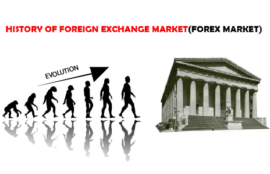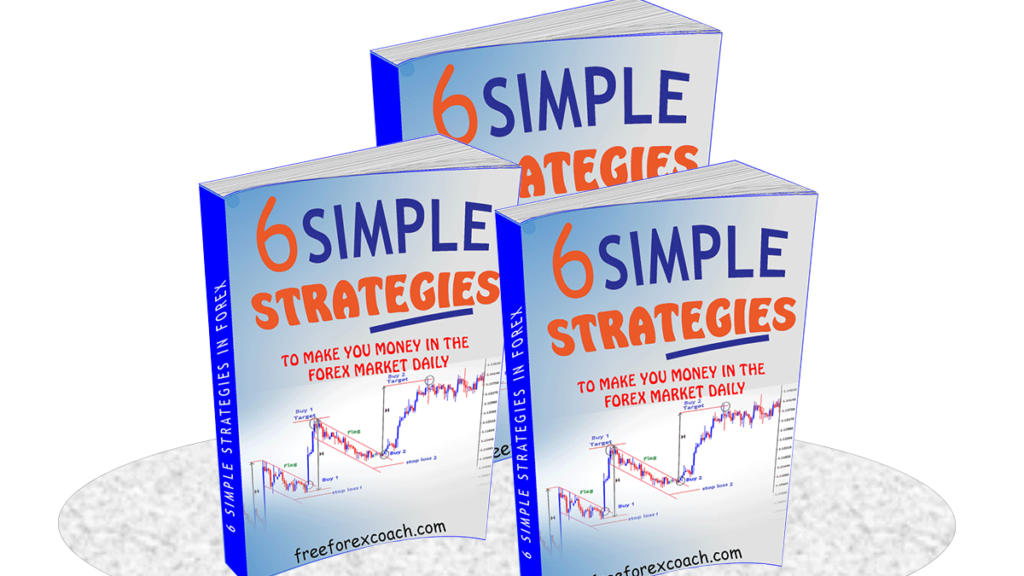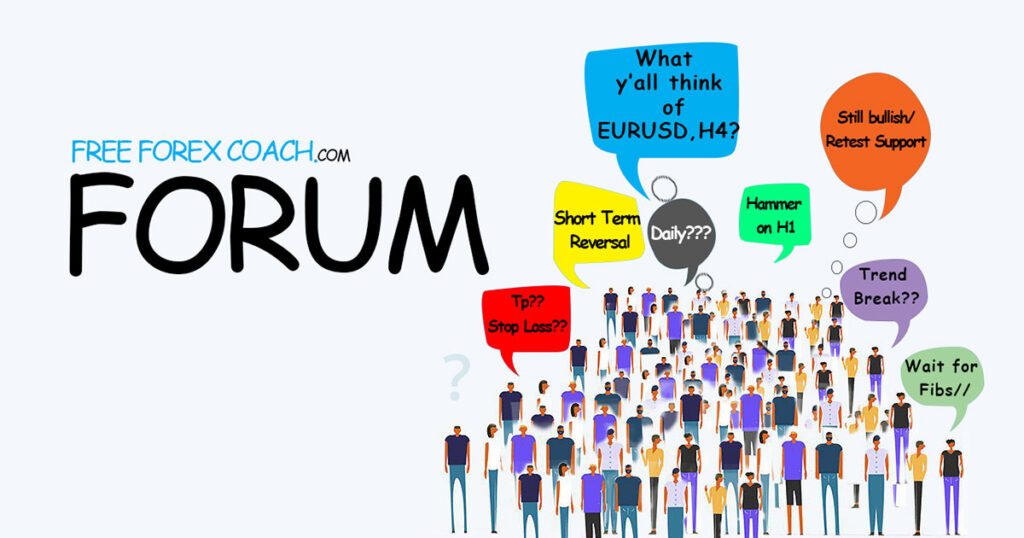Forex market history starts all the way from middle ages and by then currencies were only traded through the international banks. Today, the forex market is one of the biggest, most liquid and accessible markets in the whole world.

Before 1875, countries commonly used gold and silver as a means of international payments.
However they eventually started bringing their own currencies to the market though they were required to change it back to gold.
After the world war II, economies in Europe, America and Asia were left in chaos and economic instability.
Because of that, they decided to come up with an agreement to fix their economies. “The Bretton Woods Agreement (1944).”
The Bretton Woods Agreement – forex market history
This was meant to stabilize the global economy by preventing free exchange of money across nations. It completely changed the forex market history.
In order to stabilize and regulate the international forex market, all participating countries agreed to try and maintain the value of their currencies.
These countries fixed their currencies against the U.S. Dollar which was also fixed on the value of Gold.
The Bretton Woods fixed the values of all national currencies against the US Dollar and set the Dollar at a rate of 35 USD per ounce of Gold.
Mean while, this stopped fluctuations in exchange prices between currencies and stabilize the global economy. It also stopped manipulation of currencies where countries were previously adopting policies to try and gain the upper hand in the market.
Despite doing that, the increasing demand for USD could not balance with the supply of gold to maintain the liquidity for the world market. As a result, it instead led to the slow down of the global economy.
In 1971, the Bretton Woods Accord failed.
On the contrary, it managed to stabilize major economies of the world. The major economies included those of the western governments hence evolution of the modern foreign currency exchange.
The free floating exchange came in and rates were determined by the forces of demand and supply.
This was a huge mark in the forex market history.
The Free Floating Exchange
In the free floating exchange agreement, countries abandoned pegged currencies and allowed their currencies to freely float.
The buying and selling activities of all market participants around the world determined the free floating currency value.
Traders could capitalize the fluctuating rates by entering a forex trade at the right time. Otherwise, they would lose their money. Prices were floated daily with volumes speed and volatility throughout.
More so new financial instruments, market regulations and trade liberalization also merged in the forex market.
Meanwhile, the modern forex market quickly accelerated at a steady growth. This was due to the advancement of technology and the use of computers.
Currency trading rose from about 70 billion a day in the 1980’s to 5.3 trillion daily in less than 40 years.
Before the development of forex trading platforms and internet in 1990s, free floating currency was mostly traded by banks, hedge funds and large commercial companies.
Due to the technology breakthroughs, and expansion of the internet, individual traders started accessing the global currency/forex market.
It was also majorly the development of the internet, trading software, and forex brokers that made it easy for traders to participate in the market.
Traders could now buy and sell currencies on margins with the market markers. This eventually enhanced the development of retail trading.
The retail trading in the forex market.
This is a small segment of large foreign exchange market. With retail trading, individuals use the electronic platform to speculate on the exchange rates of different currencies.
Retail Trading is composed of; market makers, brokers and the electronic communication network.
These are only different on the way they provide currency rates to traders.
Market makers.
The market makers are the big fish in the currency/forex market. These work as the wholesalers in our normal markets or dealers in the telecom markets. They actually make the market.
The market makers are always there to buy or sell at any time of the trading session.
Therefore, they operate throughout the entire trading day with firm bid and ask prices. They are capable of making the market for a stock even when there are no interested buyers or sellers.
Market makers are considered as fundamental building blocks of the foreign exchange market because they basically provide liquidity.
They are able to satisfy high volumes of market orders in a matter of a second at a competitive price. Without them there is no market.
Mostly, they are the banks and brokerage firms.
How procrastination can affect your trading success?
Procrastination to trade is when your trading set up confirms and you hesitate to take trade. Or your trade show all failing signals and you hesitate to close trade to cut losses. Also, in cases, where you sometimes hesitate to take profit because you want to...
- Oh, bother! No topics were found here.



